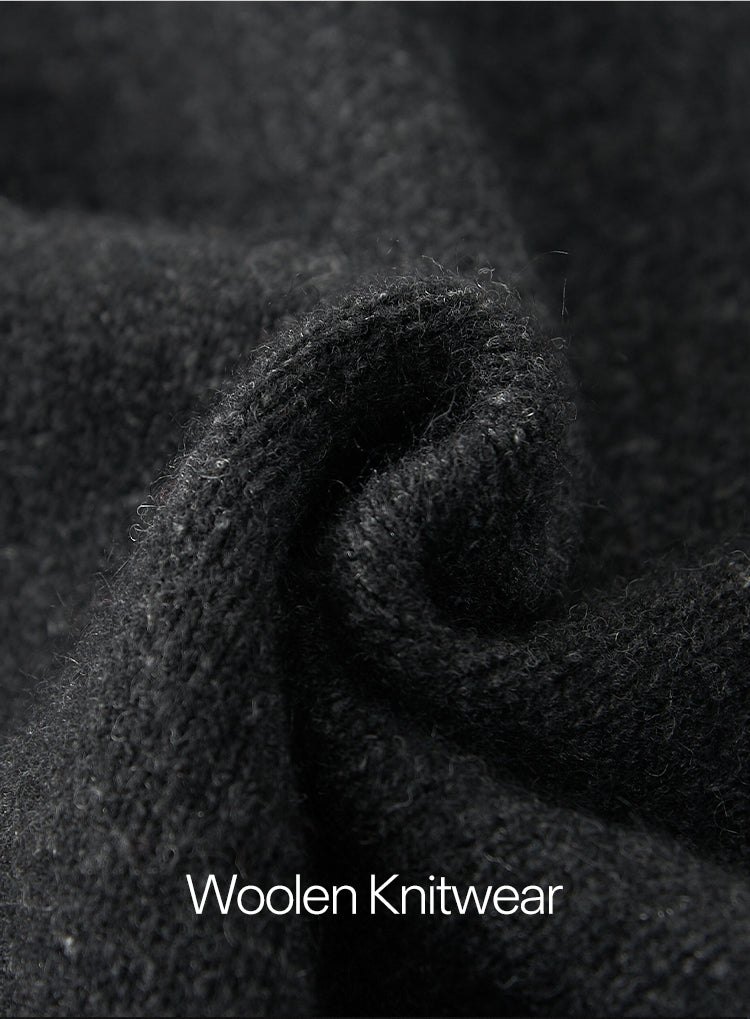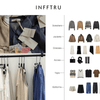Haider Ackermann: The Trailblazer of Avant-Garde Fashion
Early Struggles: From Colombia to Belgium
Haider Ackermann, born on March 29, 1971, in Bogotá, Colombia, was raised in a diplomatic family, leading a nomadic lifestyle that exposed him to diverse cultures and fashion influences from a young age. However, this peripatetic existence came with its own set of challenges, including economic instability and the difficulties of cultural adaptation.
Ackermann’s design talent became evident early on, but pursuing his fashion dreams meant moving to Antwerp, Belgium, to attend the Royal Academy of Fine Arts. While there, he studied alongside future fashion icons, and although his creativity and skills were recognized, he faced significant financial and personal pressures during his time at the academy, making his path in fashion arduous.
Debut Collection: Breakthrough and Challenges
In 2003, Ackermann made his debut at Paris Fashion Week with a collection that immediately made waves due to its bold cuts and unique fabrics. However, this early success did not translate into immediate financial stability. Ackermann found himself grappling with severe commercial pressures, including the challenge of establishing his brand and maintaining its distinctive identity.
Despite his avant-garde and innovative design style, there was uncertainty in the market about his acceptance. Many investors and retailers were hesitant about his unconventional designs, posing substantial challenges to his brand’s development.
“Exotic Collection”: Creativity and Perseverance
In 2010, Ackermann unveiled his groundbreaking “Exotic Collection.” This collection marked the pinnacle of his exploration of global cultures and personal design style. However, the success of this collection came after numerous design setbacks and commercial pressures.
During the creation of this collection, Ackermann delved into the aesthetics of various cultures, including African textiles and Middle Eastern patterns. His innovative designs featured fluid drapery, asymmetrical cuts, and vibrant colors, elements that showcased his design talent but also sparked market skepticism. Some critics and retailers worried that these uncommon designs might be too avant-garde for broad acceptance.
During this period, Ackermann faced immense financial pressure and creative blocks. He had to strike a balance between innovation and market demands while overcoming external doubts about his style. Despite these challenges, he remained committed to his creative vision and continuously adjusted his designs to meet market needs.
Breakthrough and Impact: Overcoming Obstacles
Despite facing numerous difficulties, Ackermann’s persistence eventually paid off. His designs began to gain more recognition, especially at international red carpet events, where his pieces were worn by many celebrities and fashion icons. His style became a learning example for many designers, and his brand gradually achieved commercial success.
Ackermann’s influence extends beyond his collections. He has played a significant role in redefining contemporary fashion with his approach to silhouette and fabric manipulation. His designs often blend masculine and feminine elements, challenging traditional fashion norms.
His impact on the fashion world is also seen in his mentorship of emerging designers and contributions to various fashion initiatives. Ackermann’s creative vision continues to inspire both established and aspiring designers, securing his legacy in fashion history.
Conclusion: Innovation and Resilience
Haider Ackermann’s story is one of innovation, cultural exploration, and resilience. From overcoming the challenges of his early life in Colombia to making a mark in the Paris fashion scene, Ackermann’s journey highlights his creativity and dedication. His “Exotic Collection” not only showcases his deep understanding of global cultures but also exemplifies his commitment to design innovation.
Ackermann’s success story is not only a testament to personal perseverance but also a significant contribution to fashion’s diversity and innovation. His journey offers valuable insights for future designers, demonstrating how to maintain creativity and resilience in the face of challenges.











